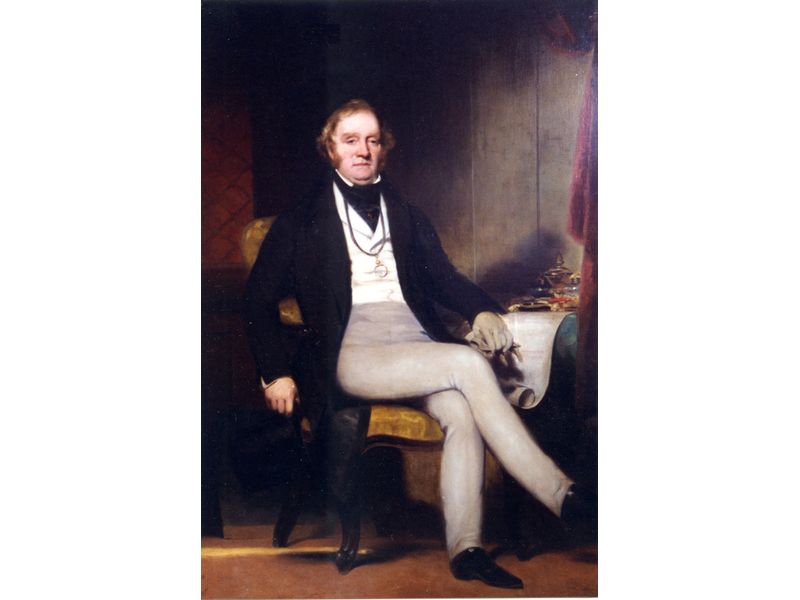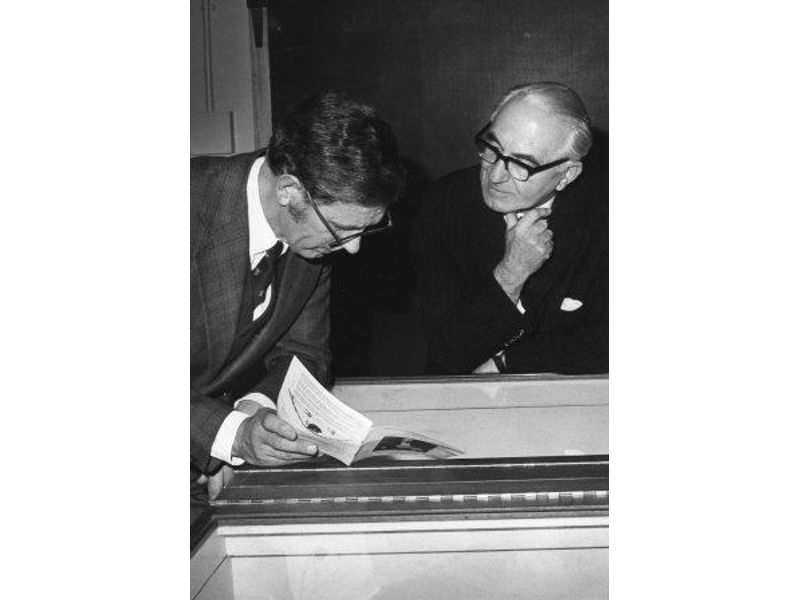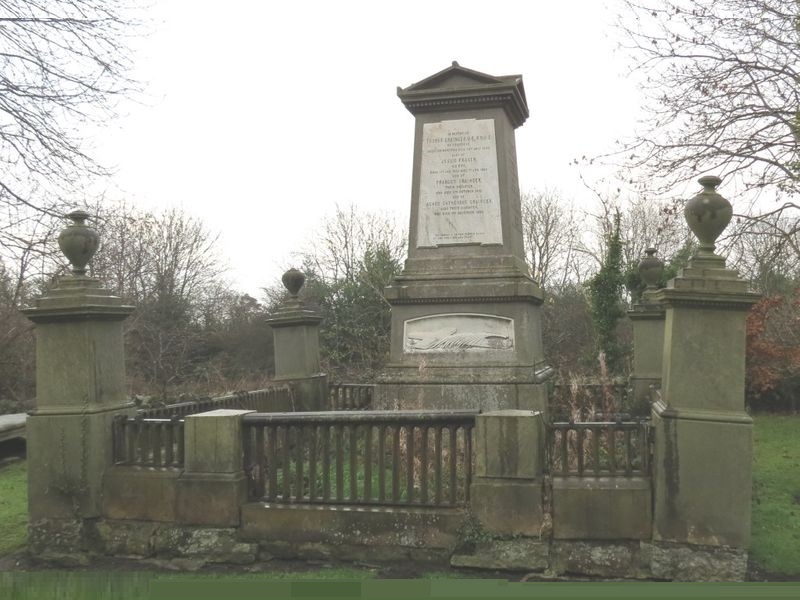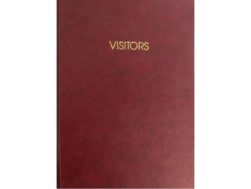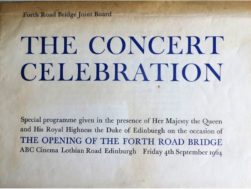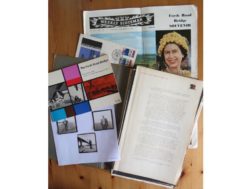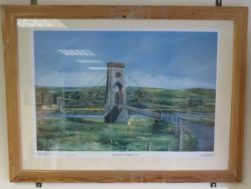Description
Oil portrait of Thomas Grainger MICE (1794-1851) eminent Edinburgh Civil Engineer by Sir John Watson Gordon (c.1845) originally presented to the Institution of Civil Engineers by his daughter Miss Grainger. Canvas dimensions: 6’8.5″ x 4’9.5″. Frame dimensions: 7’9.5″ x 5’10”.
The following note was written by Roland Paxton in 1971.
“Thomas Grainger was an outstanding Scottish railway engineer. He was born on 12th November 1794 at Gogar Green, Ratho, near Edinburgh, where his father farmed a small farm. Shortly after completing his education at Edinburgh University, under the auspices of Professor Playfair, he was engaged in the profession of land surveying. In 1816 his address was Mylne’s Court in Lawnmarket [Edinburgh]. The scope and neatness of Grainger’s early work is exemplified in two finely executed original surveys of Leith Walk, Edinburgh made by him in 1819 and 1823 (presumably for the Edinburgh Middle District Road Trust). These drawings [at the time of writing] are still extant in the City Engineer’s Department.
In 1826, the partnership of Grainger and Miller, land surveyors and civil engineers, was formed with offices at 56 George Street, Edinburgh, Grainger and Miller exercised the leading influence on Scottish transportation engineering during the next two decades. Grainger was one of the first engineers to appreciate the potentialities of steam locomotion and he, perhaps more than any other Scottish Engineer, was responsible for the rapid growth of railways in Scotland in the first half of the nineteenth century.
In 1830 and 1831, Grainger and Miller were busily promoting the Edinburgh – Glasgow railway project, calculating its economic viability in part, on the basis of the number of passengers it could attract from the stage coaches and the Union Canal flyboats. Among other important works, Grainger was responsible for the execution of the Monkland and Kirkintilloch Railway, one of the earliest lines in Scotland, the Edinburgh, Leith and Newhaven Railway, the Edinburgh, Perth and Dundee Railway, the Arbroath and Forfar Railway, and the Edinburgh and Bathgate Railway. He also planned and carried out into completion the East and West Yorkshire Junction Railway, and Leeds, Dewsbury and Manchester Railway. Like many of his fellow engineers of that time, he had diversified interests and his work also embraced the improvement of roads, water supply, harbours and docks. He was twice honoured with the Presidency of the Royal Scottish Society of Arts. He dies in July 1852 from injuries sustained in a railway collision [in Stockton-on-Tees].
Grainger became a member of the Institution of Civil Engineers sometime between 1836 and 1841. His portrait, at present in the Institution’s Headquarters in London, was painted by the famous Scottish artist, Sir John Watson Gordon. The Institution recently decided to find another home for their portrait of this eminent Edinburgh engineer and readers will be pleased to know that, thanks to the effort of the Museum Committee of the East of Scotland Branch of the Institution and Professor A. Bolton, this fine oil painting has now been secured for the ICE Scotland Museum.”
The portrait has been in the ownership of the Institution for many years and was delivered to the museum for display in 1982 where it was unveiled by W.G.N. Geddes, Past President of both the Institution of Civil Engineers and the Institution of Structural Engineers, and Roland Paxton, Member of the Panel for Historical Engineering Works. This event took place on 4 November 1982 in the Civil Engineering Department, Heriot-Watt University.
Following some damage to the painting, it was restored in 1997 with the addition of glass. A formal event to mark the restoration was held in the form of a conversazione on Monday 16 March 1998.
In March 2023 Professor Roland Paxton donated to Historic Environment Scotland (HES) an extensive archive of drawings and plans by Thomas Grainger for making railways in Yorkshire 1846-50. The archive comprises items personally collected by Professor Paxton over many years. To see a comprehensive illustrated catalogue for the archive click here. Please contact HES if you wish access to the archive.

